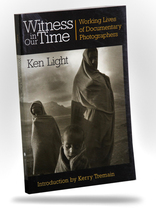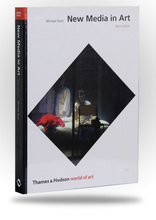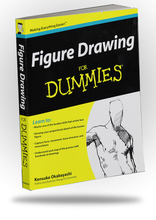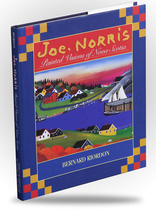Picasso - The Communist Years
$34.95
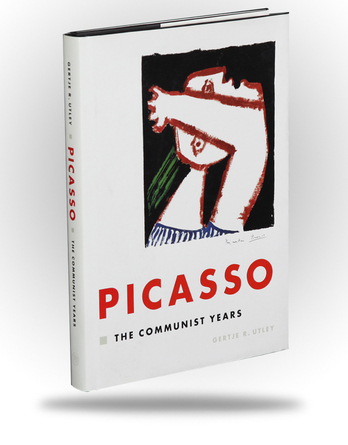
Hard Cover - 280 pages - 2000 - 11" x 7.8"
List price is $69.55 CAD
The fact that Picasso joined the French Communist Party in 1944 and remained a loyal member to the end of his long life presents puzzling contradictions. How can the image of him as a protean genius be reconciled with his membership of a repressive political organization that maintained an authoritarian hold on its artistic community and all but obliterated the freedom of the creative mind? How could the creator of Guernica, lauded at that time as the champion of civilian victims of totalitarian aggression, support the policies of the Soviet Union? This stimulating book is the first comprehensive examination of Picasso's political commitment, his motivations to join the French Communist Party, and his contributions as an active member. Gertje R. Utley assesses the impact communism had on the artist's life and explores how Picasso's political beliefs and the doctrines of the Communist Party affected his artistic production.
Utley provides the first account in English of the intricate relations between the French Communist Party and its artists in the years immediately following the Liberation. She then examines in detail the role Picasso played within the Communist agenda, his financial and moral support, his active participation at Party events, and his artistic endorsement of the Party's most important ideological positions during the Cold War years. Addressing Picasso's unfailing loyalty in the face of both the Party's untenable political positions and the opposition within the Party to his art, this book offers new insight into aspects of the artist's thought and art that have been little considered before.
Review:
rt history meets political history in this detailed examination of Pablo Picasso's membership in the French Communist Party. Picasso joined the party relatively late: in 1944. Utley traces the artist's activities during the German occupation, discusses friends who may have influenced his decision to become a Communist, and explores the inevitable tensions between a political movement that promoted socialist realism and a painter whose work never quite fit the bill. The volume, which is lavishly illustrated with reproductions of Picasso's postwar work, does point out numerous examples where the artist used Communist iconography and themes. Utley is equally interested, however, in examining the place of Communism in Picasso's intellectual life: in the roots of the artist's commitment, his response as information about Soviet atrocities leaked out to the West, and the impact of his political activity on his artistic reputation, particularly in the U.S. Appropriate where interest in this major figure in twentieth-century art history remains strong. -Mary Carroll, Booklist
Related Products


